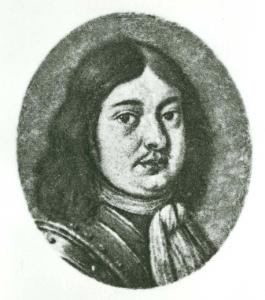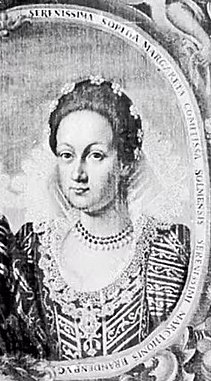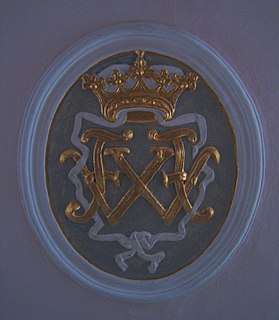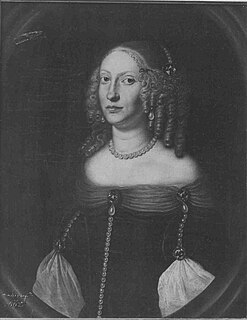This article may be expanded with text translated from the corresponding article in German. (March 2019)Click [show] for important translation instructions.
|
| Schloss Laubach | |
|---|---|
 | |
| Location | Laubach, Gießen, Hesse, Germany |
| Coordinates | 50°32′39.47″N8°59′30.69″E / 50.5442972°N 8.9918583°E Coordinates: 50°32′39.47″N8°59′30.69″E / 50.5442972°N 8.9918583°E |
| Owner | House of Solms-Laubach |
Schloss Laubach is a castle in Laubach, Hesse, Germany and serves as the seat of the Counts of Solms-Laubach.

Laubach is a town of approximately 10,000 people in the Gießen region of Hesse, Germany. Laubach is known as a Luftkurort, a climatic health resort. It is situated 23 kilometres (14 mi) east of Gießen. Surrounding Laubach are the towns of Hungen, Grünberg, Schotten and Lich.

Hesse or Hessia, officially the State of Hesse, is a federal state (Land) of the Federal Republic of Germany, with just over six million inhabitants. The state capital is Wiesbaden; the largest city is Frankfurt am Main.
Solms-Laubach was a County of southern Hesse and eastern Rhineland-Palatinate, Germany. The House of Solms had its origins at Solms, Hesse.
Schloss Laubach is first mentioned in a list of properties of the Hersfeld monastery in 786 C.E. The Hagen-Münzenberg family were granted the authority over Laubach as a fief. A castle was built in the thirteenth century. In 1255 the estate was granted to the Lords of Hanau, and later it was owned by the Counts of Falkenstein. [1] The Counts of Solms-Laubach bought the castle in 1418. Frederick Magnus I, Count of Solms-Laubach made the castle the official residence of the House of Solms-Laubach. In 1475 Kuno, Count of Solms-Laubach was granted permission by Frederick III, Holy Roman Emperor to add fortifications to the castle and the surrounding town. [2] The architect Licher Baum Wolff Werner rebuilt the castle towers in 1533. The castle is made up of three horseshoe-shaped buildings that interlink. Three of the four original fortified round towers still stand, and baroque hoods were later added onto them. [3]
Frederick Magnus I, Count of Solms-Laubach was regent of Solms-Laubach from 1522 to 1548, and the ruling Count of Solms-Laubach from 1548 until his death.

Frederick III was Holy Roman Emperor from 1452 until his death. He was the first emperor of the House of Habsburg, and the third member of the House of Habsburg to be elected King of Germany after Rudolph I of Germany and Albert I in the 13th century. He was the penultimate emperor to be crowned by the Pope, and the last to be crowned in Rome.












